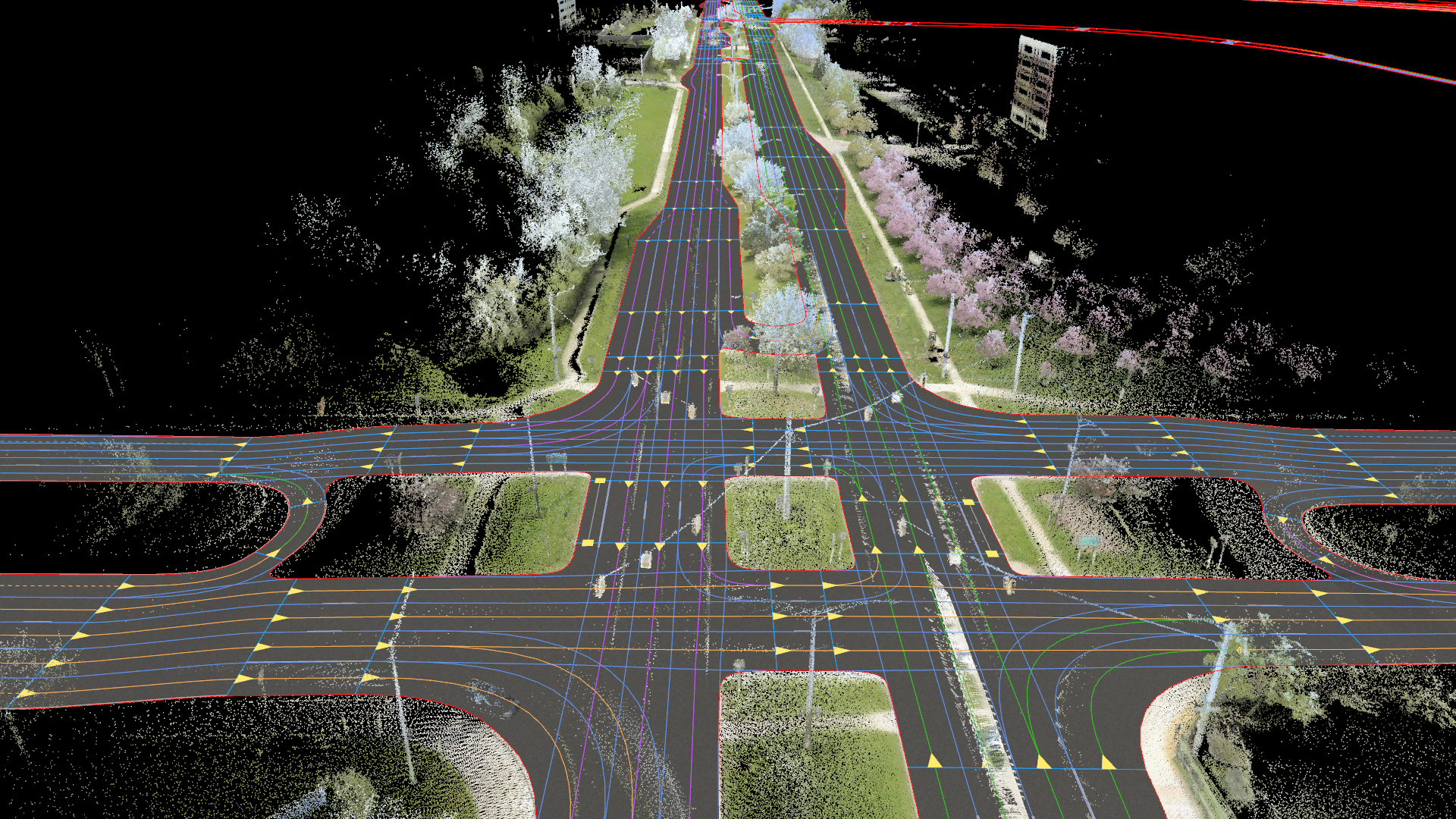Planning for the road ahead is something the New Mexico Department of Transportation (DOT) takes literally, as the department oversees the planning, design, construction and maintenance of 30,000 lane miles of highways, 3,500 bridges as well as the state's transit and rail operations, while keeping costs and environmental concerns in mind during the planning stages. To assist with the development of infrastructure projects, the department will roll out cloud-based building information modeling software late
Planning for the road ahead is something the 7074 New Mexico Department of Transportation (DOT) takes literally, as the department oversees the planning, design, construction and maintenance of 30,000 lane miles of highways, 3,500 bridges as well as the state's transit and rail operations, while keeping costs and environmental concerns in mind during the planning stages.
To assist with the development of infrastructure projects, the department will roll out cloud-based building information modeling software later this year to generate 3-D visualisations of proposed projects, using AutoCAD Civil 3D 2013, developed by2184 Autodesk.
“We want to prepare for emerging trends: machine-guided construction out in the field and the ability to use GIS data sets," said Silas Salazar, a computer-aided design and drafting (CADD) manager for the New Mexico DOT. "Historically we haven’t had that ability in the transportation engineering field,” Salazar added.
According to David Fagerman, transportation and utilities technical manager for Autodesk, the 3-D application accommodates GIS technology, a functionality that will respect coordinate systems in the planning process. Because the software is GIS-based, DOT staff in New Mexico will be able to generate 3-D prototypes, build construction sequencing and run analysis of ‘what if’ scenarios on projects that range in size.
Supporting automated machine guidance using the software is expected to help speed up the overall construction process, which in turn helps reduce labour time and the costs of machine fuel needed for the project, according to Autodesk.
Physically moving earth in and out of project sites gets costly, Salazar said. Truck drivers must be hired to move the dirt, and fuel is needed for the trucks. In addition, finding a location to move the excess dirt can also present challenges. “One of the things that we say in the engineering world is dirt is cheap until you have to move it somewhere,” Salazar said.
Through the 3-D modelling and calculations performed in the software, the agency can fine-tune the process of measuring dirt and other construction material, preventing costly miscalculations before they happen.
To assist with the development of infrastructure projects, the department will roll out cloud-based building information modeling software later this year to generate 3-D visualisations of proposed projects, using AutoCAD Civil 3D 2013, developed by
“We want to prepare for emerging trends: machine-guided construction out in the field and the ability to use GIS data sets," said Silas Salazar, a computer-aided design and drafting (CADD) manager for the New Mexico DOT. "Historically we haven’t had that ability in the transportation engineering field,” Salazar added.
According to David Fagerman, transportation and utilities technical manager for Autodesk, the 3-D application accommodates GIS technology, a functionality that will respect coordinate systems in the planning process. Because the software is GIS-based, DOT staff in New Mexico will be able to generate 3-D prototypes, build construction sequencing and run analysis of ‘what if’ scenarios on projects that range in size.
Supporting automated machine guidance using the software is expected to help speed up the overall construction process, which in turn helps reduce labour time and the costs of machine fuel needed for the project, according to Autodesk.
Physically moving earth in and out of project sites gets costly, Salazar said. Truck drivers must be hired to move the dirt, and fuel is needed for the trucks. In addition, finding a location to move the excess dirt can also present challenges. “One of the things that we say in the engineering world is dirt is cheap until you have to move it somewhere,” Salazar said.
Through the 3-D modelling and calculations performed in the software, the agency can fine-tune the process of measuring dirt and other construction material, preventing costly miscalculations before they happen.











